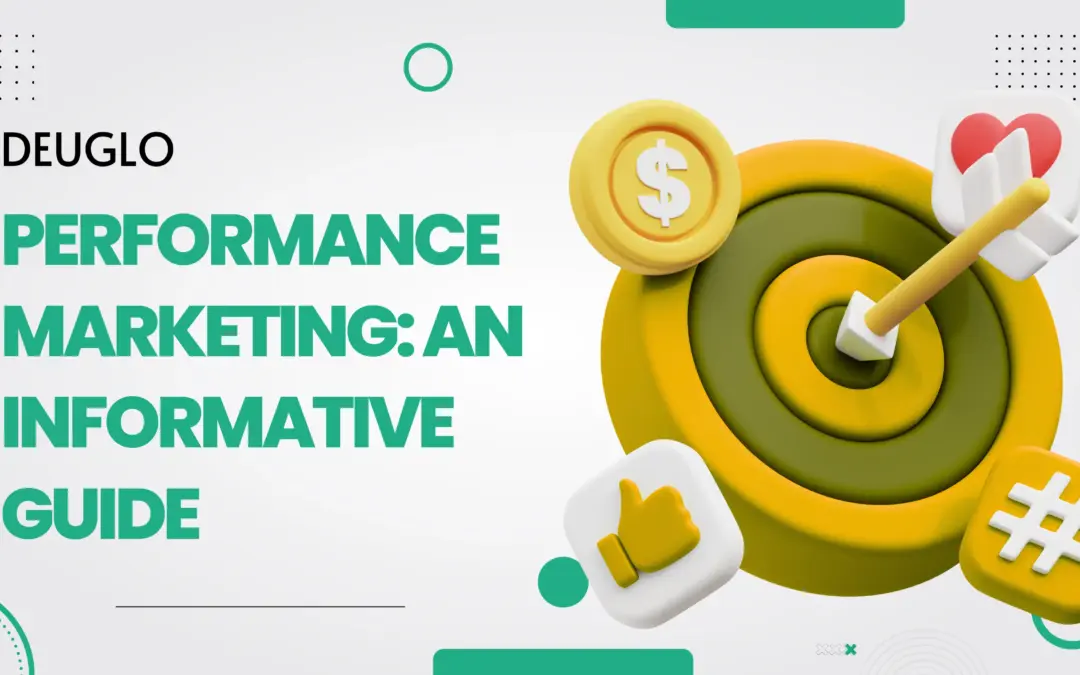Throwing money at marketing without knowing if it’s working is like buying a train ticket and hoping it takes you to the right destination. Performance marketing flips the script. Instead of paying for vague “brand awareness,” you only pay when real actions happen: a click, a signup, or a sale.
This guide breaks it down in simple terms, no junk info, just what you need to know.
What is Performance Marketing?
Think of performance marketing as a pay-for-results game. Unlike traditional ads (where you pay upfront for billboards or TV spots), here, you pay only when someone takes a specific action.
Real-Life Example:
Imagine you run a D2C Ayurvedic skincare brand in Delhi. Instead of spending ₹50,000 on a newspaper ad (with no clue if it worked), you run a Facebook ad where you:
- Pay only when someone clicks (PPC – Pay-Per-Click)
- Or even better—pay only when someone buys (CPA – Cost Per Acquisition)
That’s the power of performance marketing—you control costs while chasing real outcomes.
Where Does Performance Marketing Work in India?
India’s digital audience is exploding (over 700 million internet users!), making performance marketing a goldmine for businesses. Here’s where it shines:
1. Social Media Ads (Facebook, Instagram, YouTube)
- Best for: E-commerce, app installs, lead generation
- Why? Indians spend 2.5+ hours daily on social media.
2. Google Ads (Search & Shopping Ads)
- Best for: Local businesses (e.g., clinics, restaurants) and e-commerce
- Why? 95% of Indians use Google—if someone searches “best sneakers in Mumbai,” your ad can pop up.
3. Affiliate & Influencer Marketing
- Best for: Brands wanting credibility (e.g., fitness products via Instagram influencers)
- Why? Indians trust recommendations—a single influencer post can drive 100+ sales.
Performance Marketing vs. Traditional Ads: Why the Shift?
| Factor | Performance Marketing | Traditional Marketing |
| Cost | Pay only for results (e.g., ₹50 per sale) | Pay upfront (e.g., ₹5L for a TV ad) |
| Targeting | Laser-focused (show ads to women aged 25-35 in Bangalore) | Scattershot (billboard seen by everyone, even non-buyers) |
| Tracking | Real-time data (know exactly which ad drove sales) | Guesswork (did sales spike because of the ad or word-of-mouth?) |
Case Study: Chai Point’s Success
Chai Point used Google Local Ads to target office-goers searching for “tea delivery near me.” Result? 30% increase in orders because they paid only when someone clicked or ordered.
How to Launch Your First Performance Marketing Campaign
Step 1: Set a Clear Goal
- “I want 100 new app downloads”
- “I need 50 leads for my coaching program”
Step 2: Pick Your Platform
- Selling clothes? → Instagram + Google Shopping Ads
- Running a local service? → Google Local Ads + Facebook Lead Ads
Step 3: Budget Like a Pro
- Start small (₹500–1000/day), test, then scale what works.
- Use automatic bidding (let Google/Facebook optimize for you).
Step 4: Track Everything (Or You’re Wasting Money)
- Install Facebook Pixel or Google Analytics to see:
- Who’s clicking?
- Are they buying?
- Which ad copy works best?
3 Deadly Mistakes to Avoid
Mistake 1: Targeting too broadly (e.g., showing ads to “all Indians” instead of “men 25-40 interested in gym wear”).
Fix: Use detailed audience filters (location, interests, income level).
Mistake 2: Sending clicks to a slow or confusing website.
Fix: Ensure your landing page loads in <3 seconds and has a clear CTA (“Buy Now” or “Get Free Demo”).
Mistake 3: Ignoring data.
Fix: Check metrics daily—pause underperforming ads, double down on winners.
Final Word: Is Performance Marketing Right for You?
Yes, if:
- You want measurable ROI (no more guessing).
- You’re comfortable with data-driven decisions.
- You’re ready to test, tweak, and scale.
No, if:
- You expect overnight success (it takes optimization).
- You’re not willing to track results.

